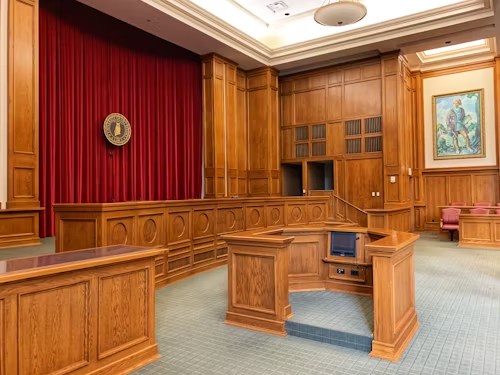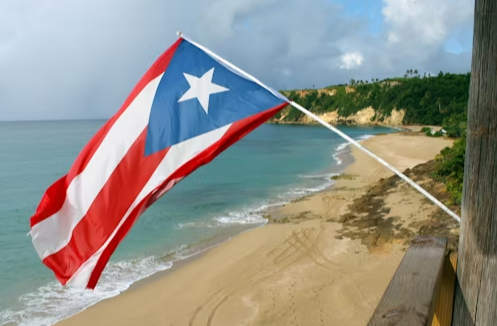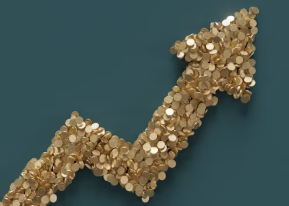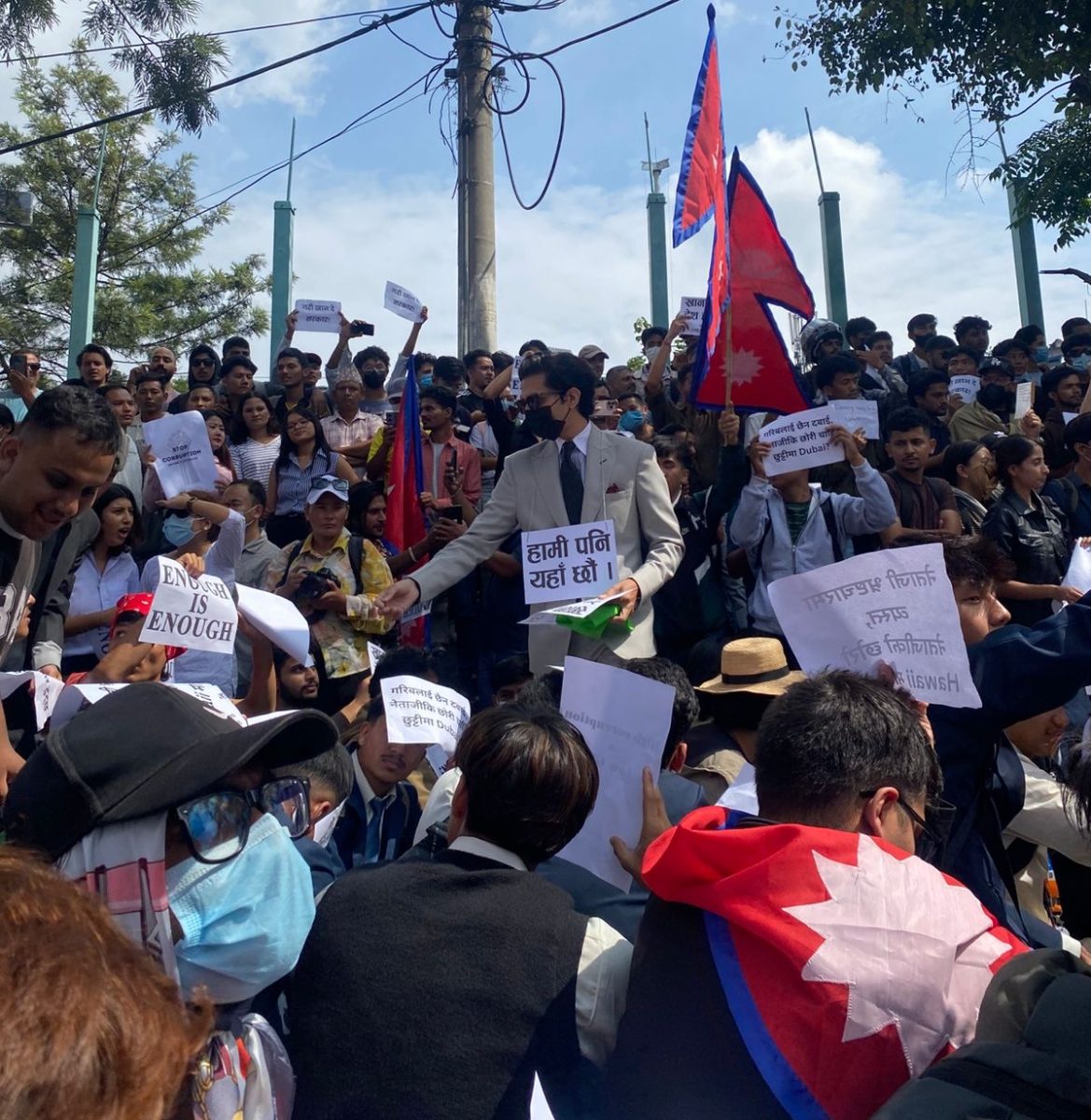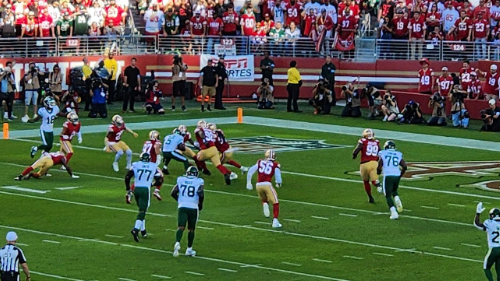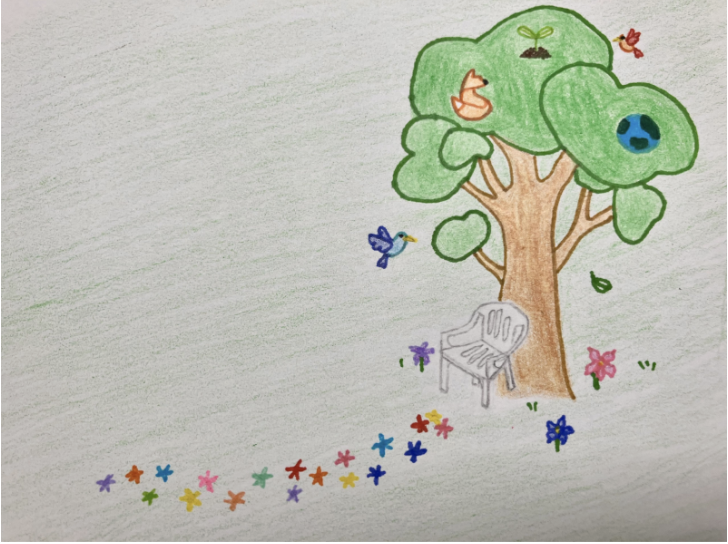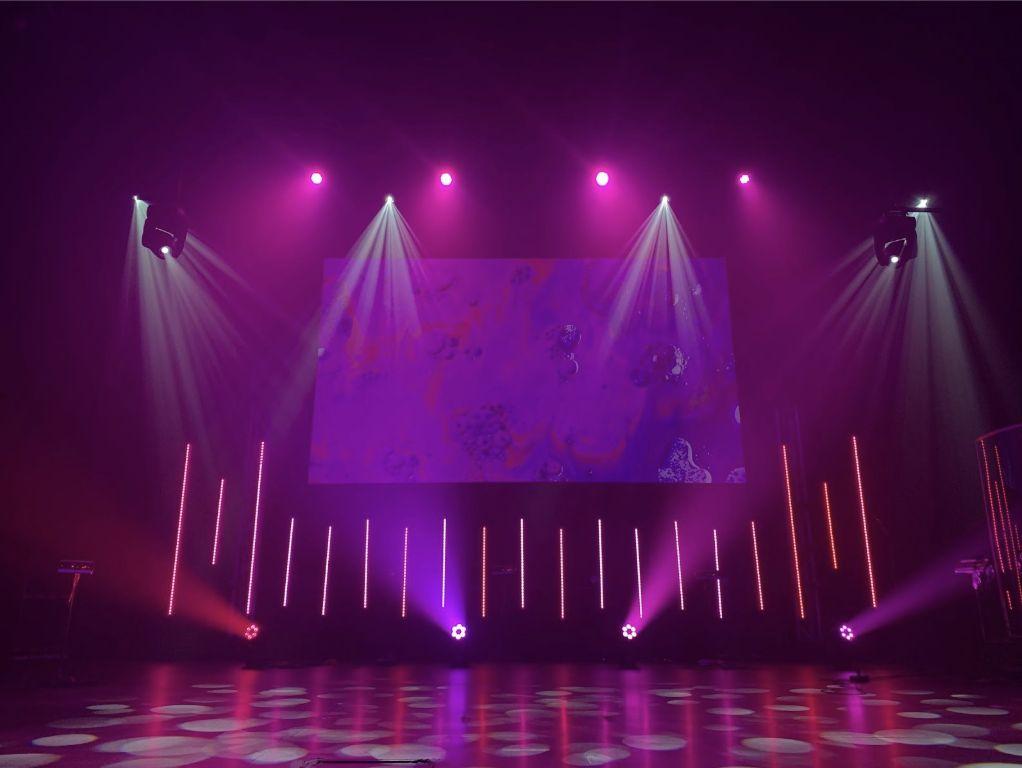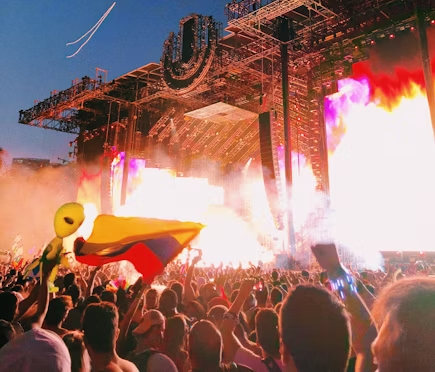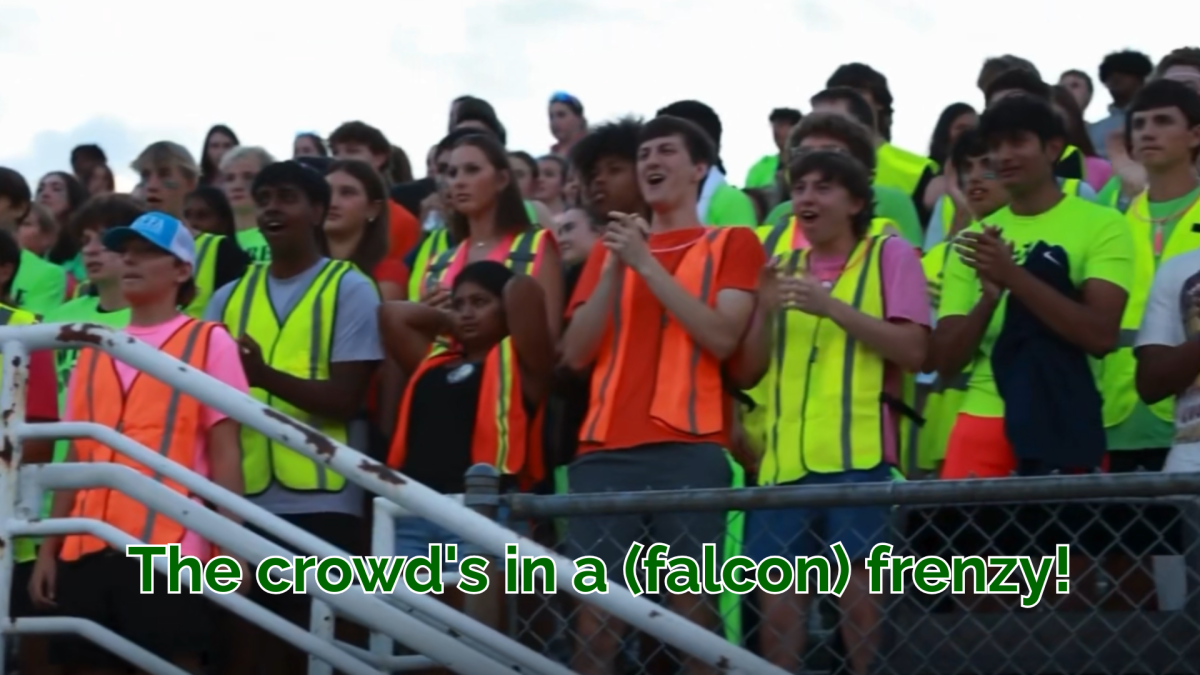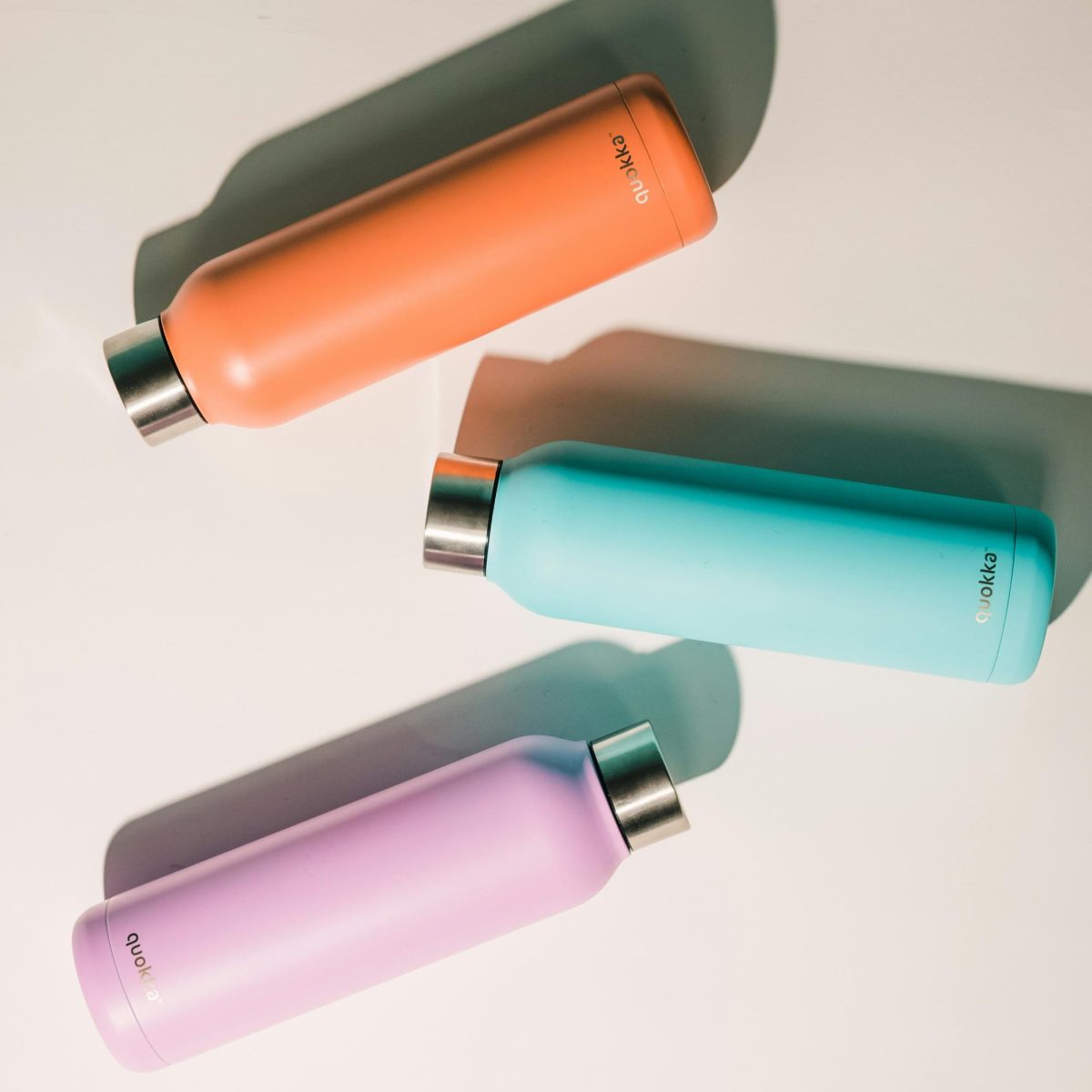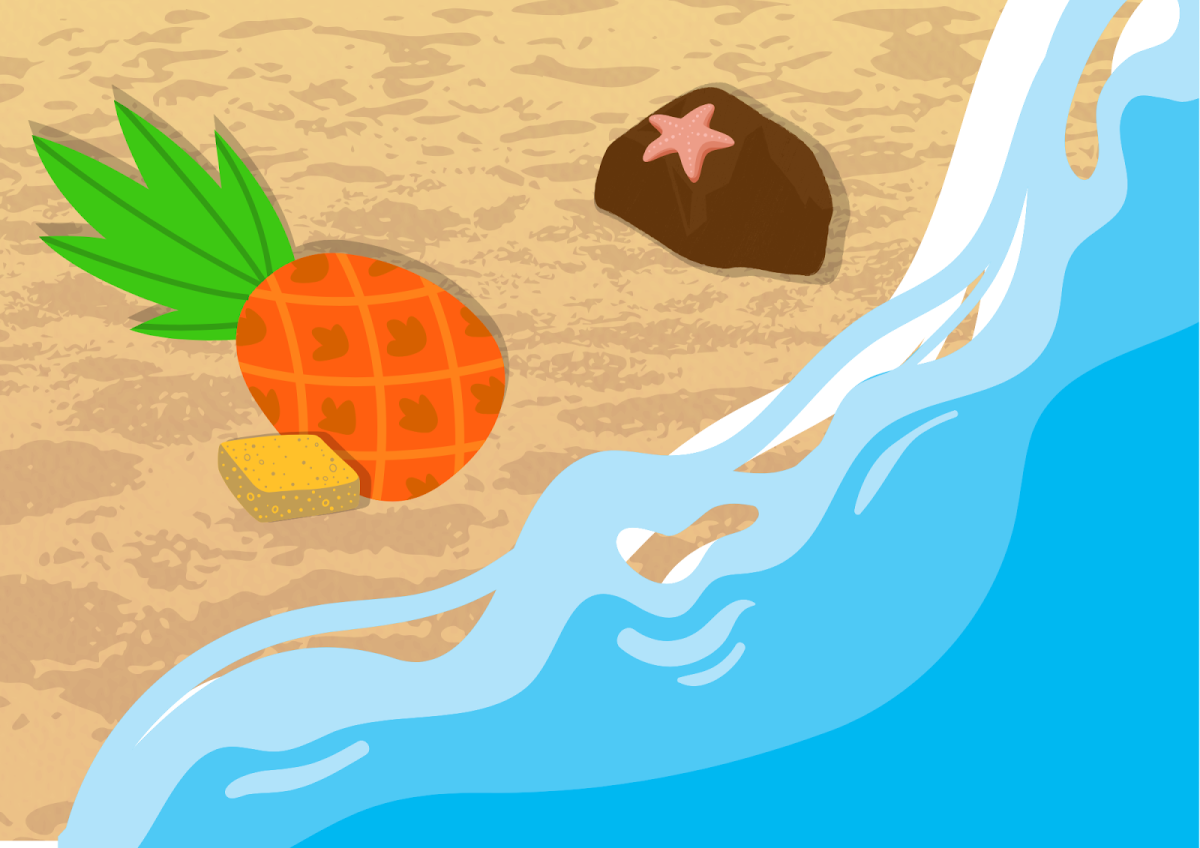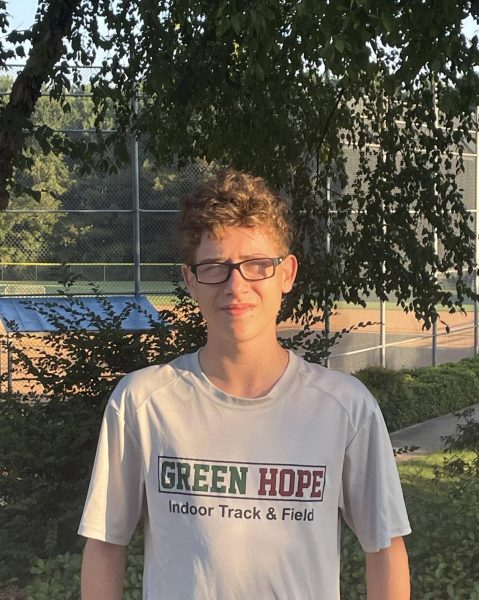Social media platforms like YouTube and TikTok are used by billions every month for entertainment and social interactions. Many have used these high monthly user counts to start social media careers based on their public image and viewer appeal. However, over the past few years, others have begun to record themselves harassing people and trespassing as a prank. This large subcategory of the internet includes “prank” creators such as Mizzy on TikTok and Tanner Cook on YouTube. Pranks used to be a form of comedy made to please the audience, but have now taken a dark shift towards the shock factor.
Prank channels are usually composed of one person or a small group of people who will go around and prank random people on the streets. Due to the high viewer counts that these channels receive, and the lack of edits needed, many find them to be a very financially viable alternative to a normal channel. As per Medium, the average YouTube video takes roughly 14 hours for a normal ten-minute video while the average prank video takes closer to two hours to fully create.
When prank creators begin, they typically receive low viewer counts until they create a prank large enough and controversial enough to garner the attention of larger creators. This leads to a slew of videos criticizing the original “prank”, eventually leading to an overall popularity boom of something that many hate.
Despite the negative criticism, this skyrockets the viewer count and overall popularity of the creator and leads to larger and more click-worthy pranks. Forbes found that the main reason instances like this occur is that when something is truly hated, it feels more personal, and therefore leads people to continue watching it to make sure that it’s just as bad as they remember. This continues increasing their popularity until the creator either changes their content type to a less controversial alternative or said creator faces legal consequences for the pranks’ effect on the victims. In some rare cases, it has also led to a victim retaliating against the creator, causing life-changing injuries.
In the case of Mizzy and Cook, they both faced significant consequences for their actions. Mizzy was issued an 18-week jail sentence after breaching a court order where he was mandated to stop filming the public. This was mainly due to his videos where he harassed bystanders on the street and walked into people’s houses. Meanwhile, Cook is currently recovering from gunshot wounds after a video in which he yelled at random people in a mall led to a person retaliating.
Due to the relative ease of creating these videos and their popularity, hundreds of different people across multiple platforms record pranks in an attempt to receive higher viewer counts and start a full-time channel. This has led to countless different cases where, in an attempt to one-up the competition, a prank leads to a bystander being seriously injured. Due to the danger that comes with pranks, many creators who oppose them make videos condemning them in an attempt to persuade others not to create their own “prank” channels. However, rather than posting videos about them, the best way for viewers and creators to stop prank channels from committing crimes is to stop viewing their posts.
MIT Technology Review found that disliking or clicking not interested on YouTube videos only stops 12% and 11% of said videos being recommended. Social media algorithms typically cannot tell the difference between positive and negative views. This means that when a viewer clicks on a video just to make sure that it’s as bad as they’ve heard, it pushes that same video further up in the algorithm, leading to many others doing the same.
Ignoring uploads informs the algorithm that people don’t want to see this type of content, which leads to it being pushed back from many people’s feeds. Over time it prevents new viewers from receiving and watching the content and due to the lack of coverage of the pranks, stops a large increase in popularity from occurring, continuing to slowly shut down the channel until it eventually is forced to stop uploading.
Rather than outright banning pranks, ignoring uploads of pranks would be a much cheaper and easier way to prevent more injuries caused by pranks. Moreover, due to the low viewer count that pranks would receive with this, it would lead to others choosing to not create a channel due to the low amount of attention they would receive making the channel unprofitable and unviable.
Creators who want to truly stop prank channels should stop uploading videos on them. All these videos cause more people to see the behavior, increasing the prank channels’ popularity and pushing it higher up in the algorithm. With the ease of preventing pranks, if viewers continued to ignore uploads, they could disappear overnight.


